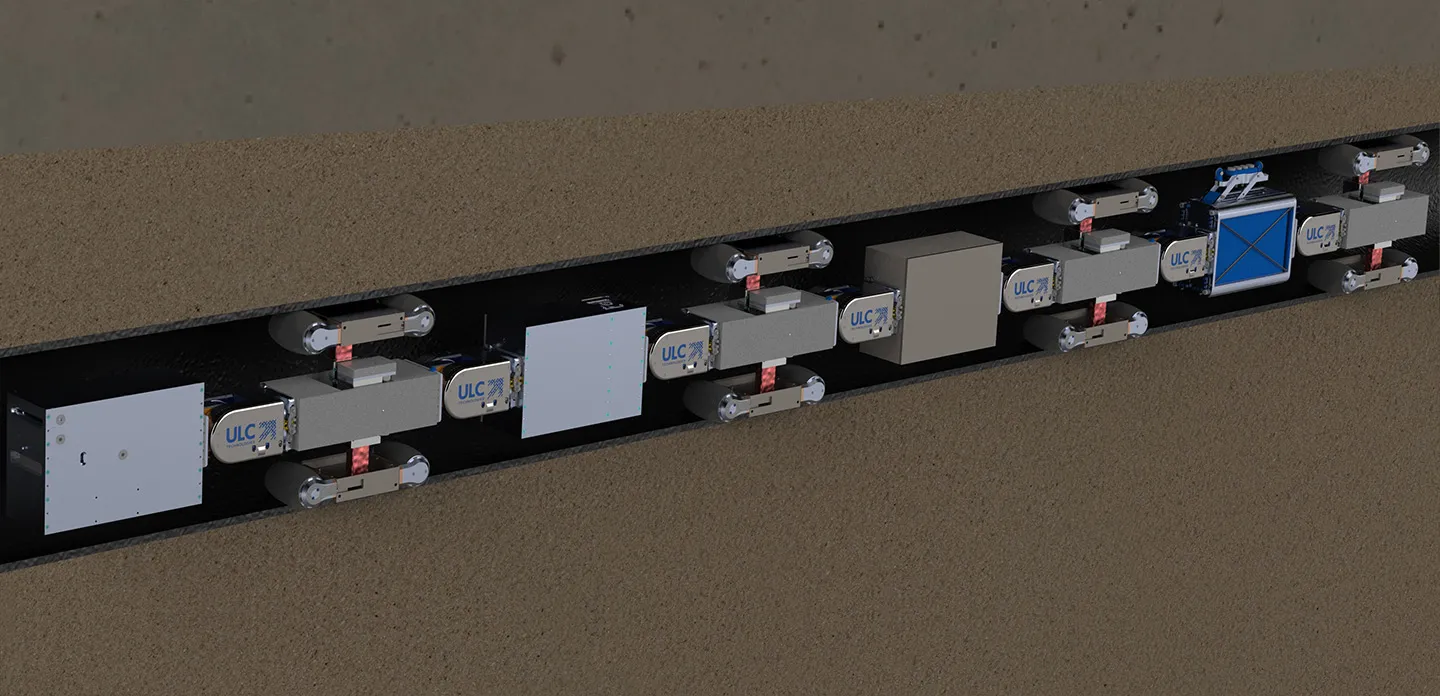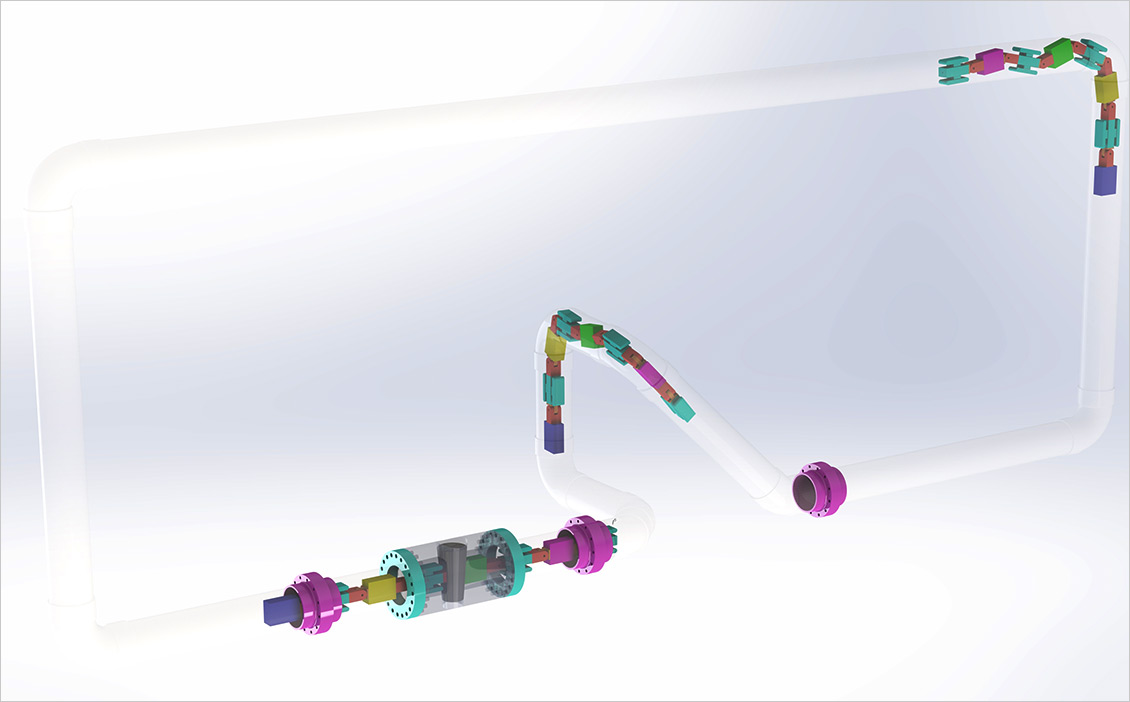Challenge
Develop innovative robotic solutions to perform critical tasks in difficult-to-reach areas and environments, such as inspecting and repairing pipelines from the inside, efficiently and cost-effectively to support the company’s robots-as-a-service business model.
Solution
Add SOLIDWORKS® Flow Simulation for computational fluid dynamics (CFD) analysis to the company’s SOLIDWORKS design, structural simulation, motion simulation, product data management (PDM), and rendering software solutions.
Results
- Developed breakthrough robot for inspecting and repairing pipelines
- Cut months of time from development cycle
- Eliminated hundreds of hours in prototyping time and related costs
- Created pipe farm in SOLIDWORKS for simulated testing



